Do you have a young football player in your family? Looking for ways on and off the field to help him or her to improve their game? Many players are turning to martial arts to enhance their football game, of all the best martial arts out there, Judo reigns supreme for it. Here we will take a look at 10 reasons how Judo can help improve your football performance.
1. Conditioning
Judo is a well rounded martial art that is highly aggressive and requires non-stop activity. On the field, conditioning is important so you don’t run out of energy and gas in the middle of a game. Judo constantly pushes its athletes to increase their cardiovascular endurance as part of routine training.
Firstly, in competition, most Judo matches are scheduled for a three-minute timeframe. However, during that three-minute period, if neither player (known as a Judoka) scores, the match goes into a “Golden Score” match that has no time limits and no breaks. During Golden Score, the first person to score a point wins, and it’s not uncommon for golden score matches to go upwards of ten or fifteen minutes. There are plenty of accounts of golden score matches going over 30 minutes. During a Judo match, there are no breaks, no time-outs, no breathers, and no bench time. Constant pressure on the opponent is required. Offense, not defense, wins a Judo match. For a judoka athlete to compete and win, particularly in a golden score situation, having the cardiovascular endurance and conditioning to keep fighting can easily make the difference between a win and a loss.
Secondly, Judo athletes rarely compete in only one match in competition. In fact, there are many instances where a Judoka will fight 8-10 matches or more. Competition is highly athletically demanding, and winning a match as quickly as possible helps to reserve energy for the next match. If a Judoka has 10 matches in a tournament, that is a minimum of 30 minutes of fighting time. Fighting against another Judoka is hardly comparable to running back and forth up and down a field. Judoka are constantly physically engaged with one another, which can strengthen the athlete’s cardiovascular system. For this reason, Judo fighters often have endurance and cardiovascular strength far superior to many other athletes.
2. Strength
Judo not only requires a strong physical presence, it nearly demands it. While by definition, the word Judo means “The Gentle Way”, it’s far from gentle. Likewise, one of the core tenets of Judo is “maximum efficiency with minimal effort”, which is also infrequently a reality. While, yes, the ideal goal of Judo is to apply maximum efficiency against an opponent with minimal effort, it’s no stretch to recognize that having good strength is at least helpful in this full-contact combat sport. Judo fighters regularly work on strength training, and having a strong body with superior endurance is often a key element in winning versus losing a match. And, yes, while it is possible to step onto the mat and win a match with a fast and efficient sweep or throw in just a few seconds, you can’t go into a match expecting that. There are few things that strengthen a person more than wrestling against another human being, and at its essence, that is what Judo is. Judo fighters are often extremely strong with tremendous core strength, powerful arms and hands, and powerfully muscular legs and feet. Few sports engage the entire body (many times, all at once) as Judo does.
3. Agility
Agility is another key fundamental in Judo. A Judo match is fast and furious, and the first person to get thrown or taken down loses. Extreme agility is an absolute necessity. Movement, footwork, grip-fighting, avoiding sweeps and throws are all necessary for success in Judo, so much so that it’s an acceptable thought to think the more agile competitor in a tournament will win. Competitive Judo teaches a person how to move properly, how to stay on balance, how to avoid the takedown or the throw, and most importantly, how to rapidly back get into position to attack, sweep, or throw the other person. In football, agility is important to avoid being tackled, to dodge other players as you’re running down the field for a touchdown, and having the proper footwork to move your body in the right direction without injuring an ankle or breaking a leg. Judo teaches this from the safety of a padded mat, versus the hard surface of the ground or turf playing field.
4. Balance
This goes without saying, Judo fighters are masters of balance. Not proficient, or even experts, but absolute masters. The whole premise of Judo fighting is to get your opponent off balance and either take them down for a pin, or sweep or throw them to the ground. Judoka practice balancing themselves for getting into position for throws using bodywork techniques called Ukemi. In Ukemi, a Judoka’s balance is enhanced through repeated practice getting into position – called “fitting in” – for throws, lifting, and pulling their opponent off balance. The technique of breaking the opponent’s balance is known as Kizushi. Kizushi involves grabbing the opponent in various ways and pulling, lifting, or turning in such a manner that the opponent loses his or her balance and becomes susceptible to a throw or takedown. In some cases, high level throws involve lifting the opponent on your back and standing on one leg while executing the throw. Rarely, if ever, does a football player pick up another player, much less on one leg. By mastering balance, it becomes harder to throw the Judoka off-balance. And likewise, by having such superior balance can make it very hard to tackle a football player.
5. Falling
Learning to fall is one of the first and most important parts of Judo. Being picked up and thrown six feet through the air requires the person being thrown knowing how to fall without getting hurt. Falling techniques are practiced on the safety of padded mats, they are routinely practiced in Judo training. In real life, a proper fall technique can make the difference between getting right back up onto your feet versus being hauled away on a stretcher to the hospital. I met an old Judo blackbelt once who told me he never used Judo in his real life ever, except for one time when he got hit by a car and had to roll out of the fall! He was sore, but he got up and walked away!
While injuries do happen on occasion in Judo just like any other sport, learning proper falling techniques are supremely important. Translating this to a football game, being tackled by someone barreling down on you full speed can be hard enough, but hitting the ground incorrectly can amplify any injury caused by a hard tackle. Football players who practice Judo get hurt less frequently than average players because they know how to fall.
6. Tackling
A primary method of winning a Judo match is to take the opponent to the ground. This can be done with a foot sweep technique, equivalent to a hard trip, or to bring the opponent off-balance and literally throw them to the ground. Being thrown and taken down as frequently as it happens in Judo trains the football player to (a) know how to fall, and very importantly (b) not fear the tackle. I remember from my own football days that I was sometimes of players known to be a hard tackler, and, unless I was blindsided, many times even saw it coming. Judo fighters are well trained in the art of being taken down or tackled and learn not to be afraid of it, and perhaps more importantly, how to receive a tackle in such a way to minimize their own risk of harm and injury.
Secondly, Judo fighters are required to strongly grab the uniform of their opponent as part of the takedown or throwing technique. You have to be holding onto someone in order to throw them. Grip strength is paramount to throwing in Judo, and grip-fighting is a dominant aspect of this martial art. In a Judo match, getting a strong grip on your opponent quickly is important to a quick win, and this fast hand-eye coordination, coupled with the strength of the grip-fighter, increases a football players ability to tackle or take down an opponent just by grabbing their jersey or uniform and literally dragging them to the ground. Sometimes when you go in for a tackle, you may only be able to get one hand, or even worse, just a few fingers on an opponent’s jersey. If your grip strength is superior, then taking that opponent down with one hand becomes a stronger probability.
7. Coordination
Unlike most other martial arts, Judo engages the entire body – often in a simultaneous fashion. To properly execute a throw or takedown, your body has to work as a seamless unit from your head to your feet. Fighters must use their arms and legs simultaneously most of the time. Being able to engage all four extremities to perform different complex actions requires an advanced degree of coordination. This is important on the field as well, because football is a full-body sport too. Running, jumping, turning, catching, dodging, faking… all of these actions require coordination. The more coordinated a player is, the better their performance will be. This is equally true for Judo and for football.
8. Confidence
Self confidence plays a key role in Judo matches. In Judo, like football, there are all sizes – big, tall, wide, narrow, light, and heavy. Being able to go up against a larger, heavier, and stronger opponent is an everyday thing in Judo. Our dojo teaches, from the self-defense aspect, that you don’t get to pick your bully or attacker. And it’s almost always likely your bully or attacker will be larger and more intimidating than you appreciate. Judo fighters train against all sizes, big and small, weak and strong. And while training against someone smaller and weaker doesn’t necessarily make them an easy target, as smaller Judoka are frequently faster. Going up against a smaller and faster or larger and stronger opponent, and having the confidence that you can successfully defend yourself in the moment is hugely important, both on and off the mat and/or field. Not being afraid of that big muscular running back can make the difference between getting a tackle and not losing that touchdown.
9. Measurable Personal Achievement
It’s common that not every football player plays in a game. Benchwarming is part of the sport. And even for the players who do get lots of field time, there is an offense and a defense, and plays can drag out for quite some time before the next team goes on the field. For those who are lucky and talented enough to get lots of play time, their personal achievement may be more measurable. But for the guys who spend the majority (or all) of the time on the bench or only go in for a few downs a game, it’s can be difficult to assess a player’s abilities during an average football game. Football is a team sport, which requires each player to work together for the betterment of the whole team, but individual accomplishments may go unnoticed. Some players outshine others – and some excellent players may go years without recognition for their talents. Judo is different because matches are one on one. It’s not hard to assess the strengths and weaknesses in an individual when there are only two players. Someone is going to win and someone is going to lose, it’s pretty simple. In Judo, losses are chalked up to “learning”. To know how to not to get thrown, you have to know what it feels like to get thrown. In order not to be pinned, you have to know what it feels like to be pinned. Win or lose, a Judoka’s strengths and weaknesses are right in front on full display. There is no distraction by the runningback heading down the field towards the goal line. There is no confusion as to who on the field did what in the play. There is no standing around on the far end of the field watching your opponent score in the opposite corner from you. Judo is front and center, and every mistake is visible. In fact, it’s frequently said it’s not the best person who wins, but the first person who makes a mistake who loses. In a Judo match, when weaknesses are noticed, a good Sensei will help that kid improve. A good Sensei can see where strengths and weaknesses lay and will work with the Judoka to become more successful in their game. This gets a lot harder to spot when you’ve got 21 other players in the way. In Judo, there is no room to hide, no other players to get in the way. Training and improving a Judoka’s skills is ongoing and, really, never stops.
10. Controlling Fear and Anxiety
We all know stepping out in front of a big audience can be daunting for some kids – not all, but certainly some. Football is a sport where players get tacked and hurt on occasion, sometimes by much larger and stronger players. I remember days of getting laid out flat by a big running back who barrelled right through me as I attempted a tackle. Football does have some scary aspects to it, regardless of the confidence of the player. Missing a pass, not breaking through for the first down, hoping to not miss the game winning touchdown, or just getting nailed from behind are all reasons football can be scary and give some kids at least minimal anxiety. Judo is much the same, except the majority of training is done in a controlled environment following a step-by-step process. Training is done on padded mats and there aren’t hard hits or tackles – although there is an occasional hard throw. But the degree of impact is nowhere near the same as in football. Now I won’t say that Judo has a special ability to help control fear and anxiety any more than football itself can, but what makes the difference is all of the points listed above. As a Judoka gains strength, agility, speed, confidence, and all those other desirable qualities, fear and anxiety become easier to handle. Also, a competitive Judoka (one who actually engages in competition) will learn to confidently step out onto the mat from an early age. They also train in “mock” competitions, or “matches” in the dojo, usually in front of the whole group. If a Judoka steps up looking afraid, a good Sensei will recognize it immediately and work with the student on whatever it takes to deal with that fear or anxiety. When sparring or competing in Judo, it’s one-on-one, and if one person looks afraid, the other person usually sees it – and can often capitalize on it during the match. So a lot of training goes into not “looking” afraid, even if you are. As the Judoka gains skill and confidence in their abilities, he or she learns to reduce their own fears – or at least to the point that it’s not outwardly noticeable. This can be particularly helpful in a football game, because if players on an opposing team sense fear in someone, they can capitalize on it brutally to their advantage. A scared player is a target, and by controlling fears and anxiety, one only gets better.
So if your kid loves football and you want to augment his or her skills, Judo is not just a good idea, it’s a great one. It builds and refines many of the same physical and mental qualities demanded in football. For these reasons, and more, Judo is a great base sport to enhance your football game. But in closing, I think it should be said that Judo not only makes you a better player, it makes you a better person. The disciplines a Judoka learns in their career often stick with them their whole life. For more information, contact a Judo Dojo near you today.

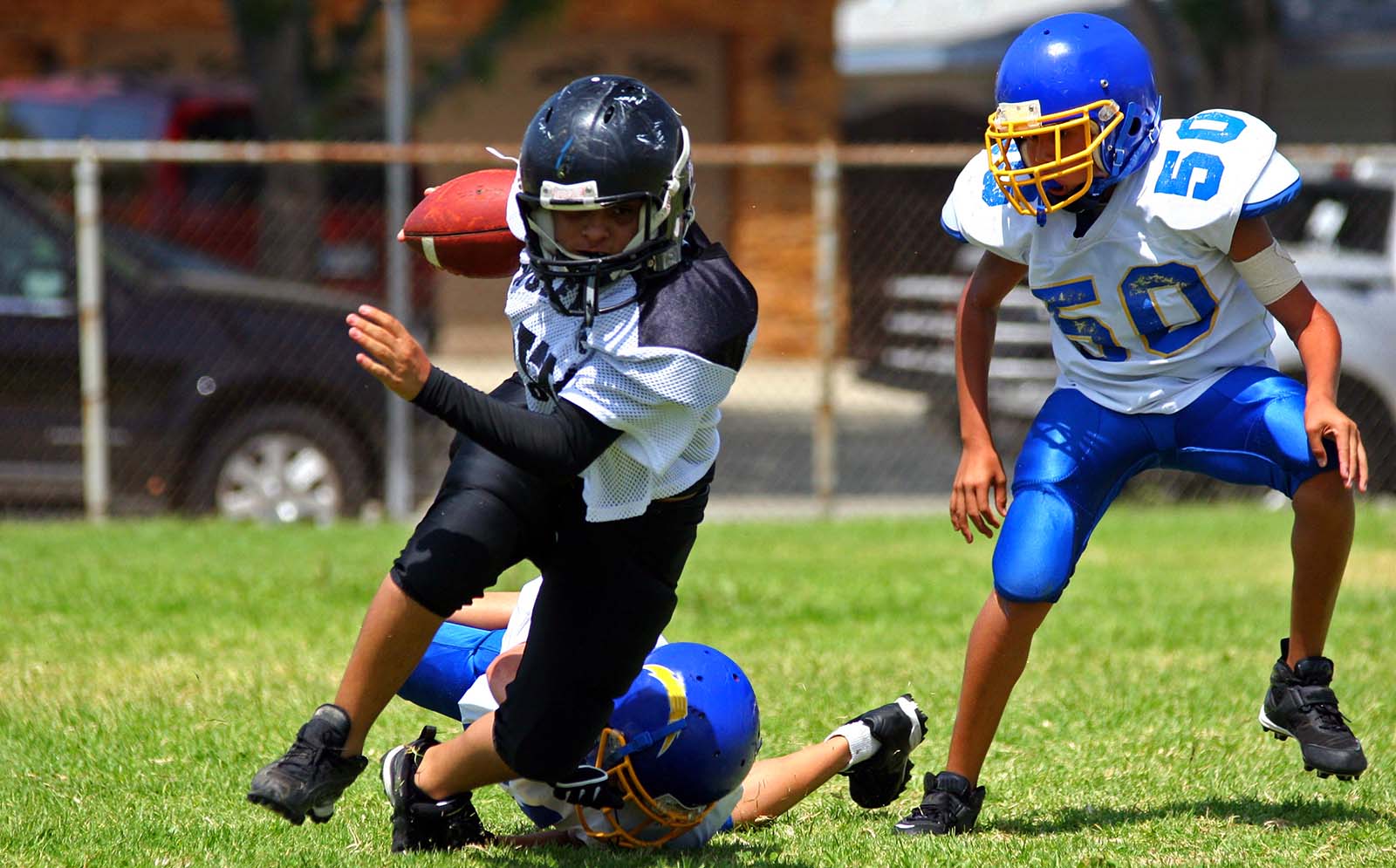
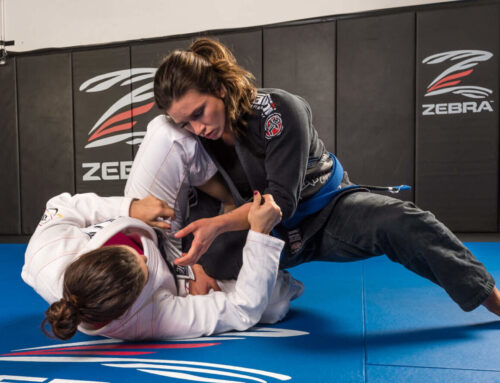
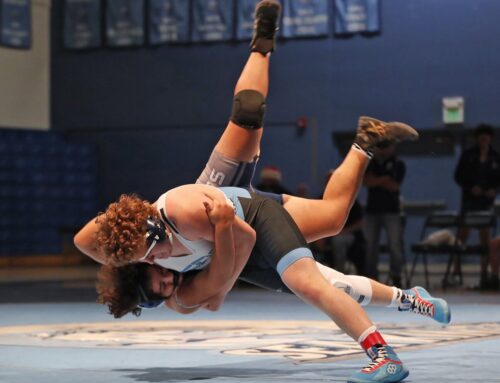
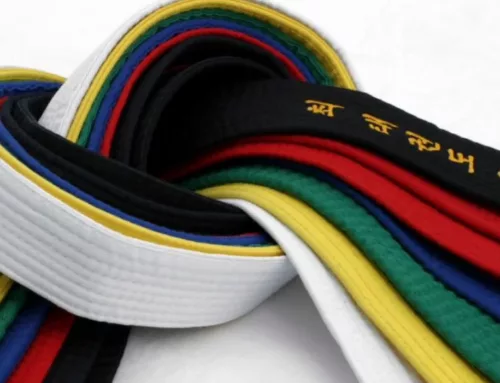
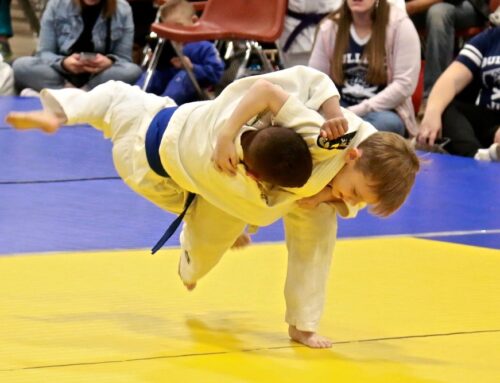
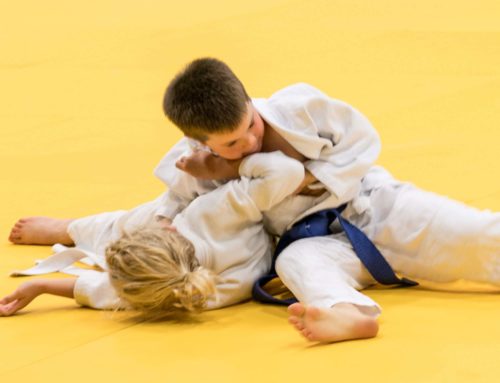
Leave A Comment